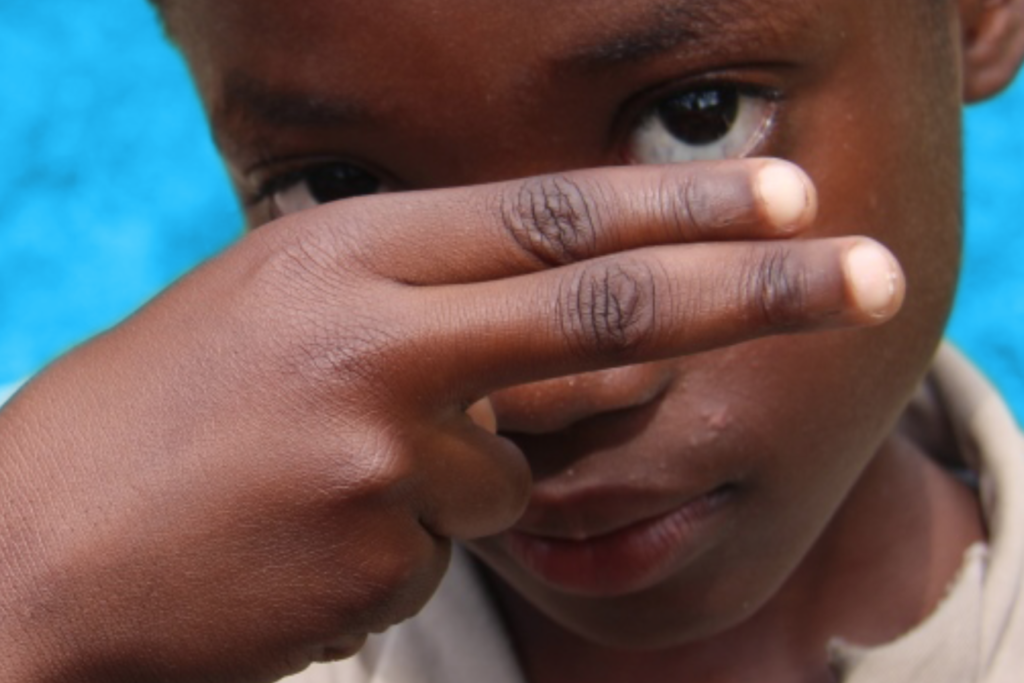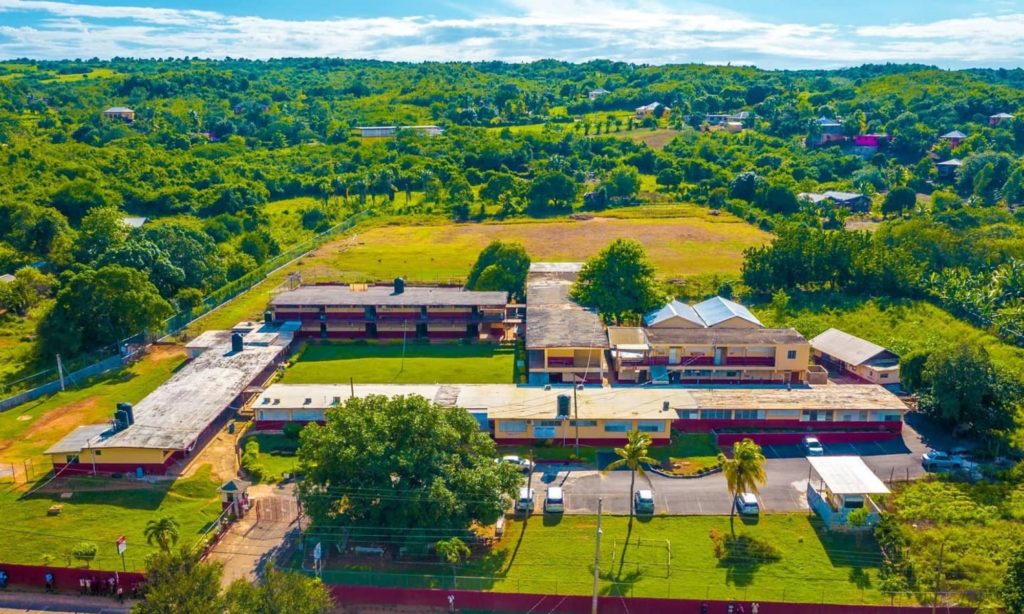

Violence in schools is an issue that is often discussed with a desire to know how to prevent it. As such, UNICEF has partnered with schools, governments, teachers and students to provide a response to the growing issue.
Since the return of face-to-face classes, Jamaica has seen an increase in violence in schools. These interactions are most common among students, but there are also instances when a teacher and a student or students may have altercations that end in physical harm.
In a recent viral social media video, a teacher at the Newell High School in St Elizabeth was seen chasing a student who was fleeing from a classroom. The teacher also threatened to ‘kill’ the student if they dared to stand against him.

Education Minister Fayval Williams has since responded to this viral video in a release, where she condemned the actions performed by the teacher.
“This normalizes violence in the minds of our students and does not provide the kind of role model that the society expects of our teachers,” said Williams.
An emergency meeting with the school board of Newell also took place yesterday (January 27), with the aim to deal with the teacher’s inappropriate conduct.
The Government of Jamaica has also been working to solve the island-wide issue of violence in schools. Just last year, the education ministry launched its ‘Just Medz It’ campaign, an initiative that encouraged students to think and communicate before they resort to violence.

According to UNICEF, about 150 million students between the ages of 13-15 experience peer-to-peer violence globally. As such, they have come up with seven ways to help schools, teachers, students and the government provide a safe learning environment for students.
These include:
1. Adopting laws that prohibit corporal punishment and other forms of violence.
2. Developing codes of conduct and other safeguarding measures in schools.
3. The creation of confidential and safe reporting mechanisms in schools.
4. The establishment of a referral mechanism for response services to monitor and collect data on violence in schools.
5. Training teachers and school staff on positive discipline, classroom management and peaceful conflict resolution.
6. The development and implementation of life skills and social and emotional learning programmes to build the resilience and protective capacity of children and youth.
7. Conducting research, to monitor and collect data on violence in schools.
– Send feedback to [email protected]







Comments